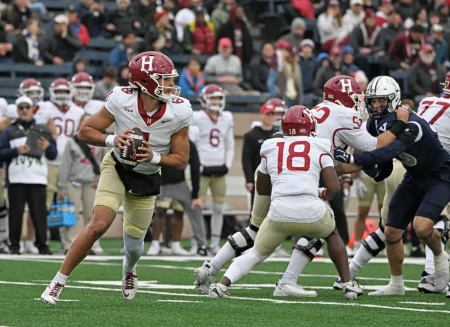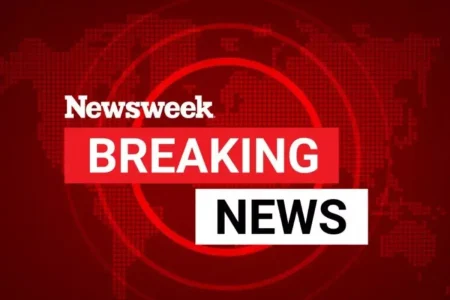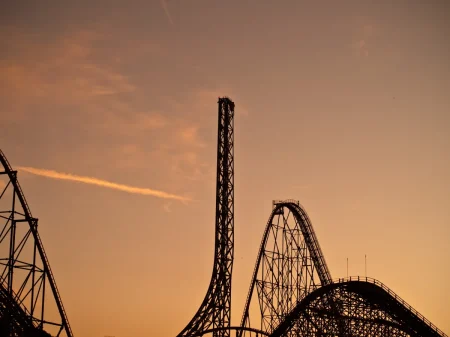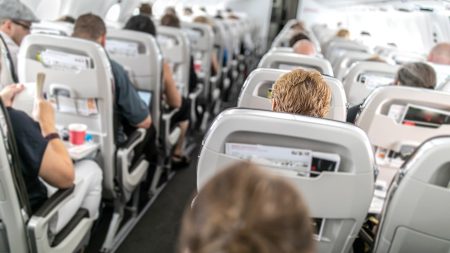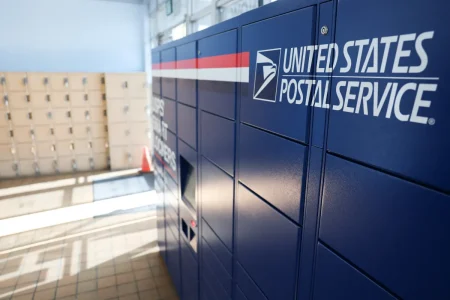A Major Winter Storm Sets Its Sights on Northern U.S.
As millions of Americans begin their journey home after Thanksgiving celebrations, Mother Nature has decided to complicate travel plans with a significant winter storm system. The National Weather Service (NWS) has issued winter weather alerts across large portions of the northern United States, promising heavy snowfall and hazardous conditions that will impact the Northern Plains, Upper Midwest, and Great Lakes regions through the weekend. This storm’s timing couldn’t be more challenging, as it coincides with one of the busiest travel periods of the year – the American Automobile Association estimates that over 80 million people will be traveling at least 50 miles from home during the November 25 to December 1 period.
The storm’s footprint is impressive in its scope, with winter storm warnings – the NWS’s signal that “a significant combination of hazardous winter weather is occurring or imminent” – blanketing Montana, parts of South Dakota and Nebraska, southern Minnesota, nearly all of Iowa, northeast Missouri, much of Illinois, northwest Indiana, southern Wisconsin, and portions of Michigan’s Lower Peninsula. The most severe impacts are expected in north central and northwest Illinois along with much of Iowa, where forecasters predict snow accumulations around 10 inches, with localized amounts potentially reaching 14 inches. In these areas, the NWS isn’t mincing words: “Persons should consider delaying all travel.” For those who absolutely must venture out, the agency recommends bringing a comprehensive winter storm kit including tire chains, booster cables, flashlight, shovel, blankets, extra clothing, water, and first aid supplies – essentially everything needed to survive if stranded in wintry conditions.
Additionally, less severe winter weather advisories have been issued for parts of Massachusetts, New York, Pennsylvania, Colorado, West Virginia, and Idaho. While these alerts indicate a lower threat level than the warnings, they still signal potential for “significant inconvenience” due to wintry conditions. According to the NWS Weather Prediction Center, the storm’s progression will begin with snow in the northern Rockies Friday morning, spreading eastward to the Plains by Friday afternoon. The snow will reach the Midwest by late Friday and continue through Saturday, before gradually tapering off from west to east overnight Saturday into Sunday.
Weather experts across social media platforms are emphasizing the storm’s significance. The NWS Weather Prediction Center posted on Thursday: “A significant snowstorm will impact a good portion of the Northern Plains and Midwest starting Friday and carrying through Sunday morning. Several inches of snow will make for dangerous travel conditions, so be sure to plan accordingly as we move into the weekend.” Meteorologist Noah Bergren added his perspective: “Big time winter storm starts Saturday morning. Large area of heavy snow from northern Illinois through Michigan. A very cold rain for many in the Heartland. Expect tremendous air travel delays late Saturday at Chicago MDW and ORD especially.” These warnings highlight the potential for widespread travel disruptions, particularly affecting major transportation hubs like Chicago’s busy airports.
For those in the storm’s path or with travel plans through affected regions, this weather system represents more than just an inconvenience – it poses genuine safety risks. Heavy snowfall will create slick, dangerous road conditions across multiple states, potentially leading to accidents, stranded motorists, and emergency situations. Air travelers should anticipate cascading delays and cancellations as the storm impacts major Midwest airports, with effects potentially rippling throughout the national air traffic system. Power outages are another concern, as heavy, wet snow combined with winds can bring down tree limbs and power lines, leaving communities without electricity during cold conditions.
As the storm approaches, the National Weather Service will continue providing regular forecast updates through their website and social media channels. Residents and travelers in affected areas are strongly encouraged to stay informed about changing conditions, adjust travel plans when possible, and take all necessary precautions if travel cannot be avoided. While winter storms are certainly not unusual for the northern United States in late November, the timing of this particular system – coinciding with one of the year’s heaviest travel periods – makes its impact particularly significant. For millions of Americans, the journey home after Thanksgiving will require extra patience, careful planning, and perhaps a few backup plans as Mother Nature delivers an early taste of winter across the northern states.









